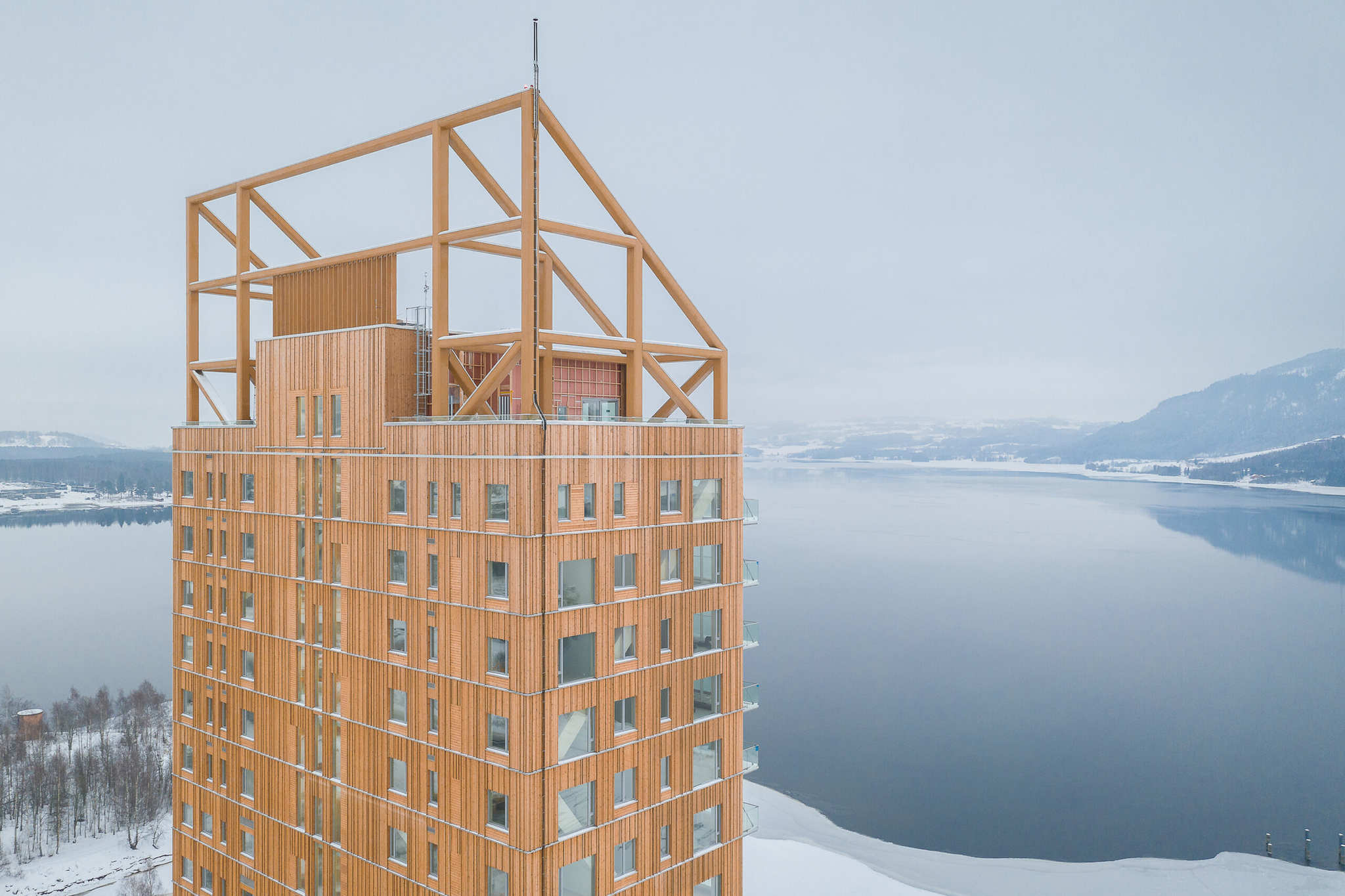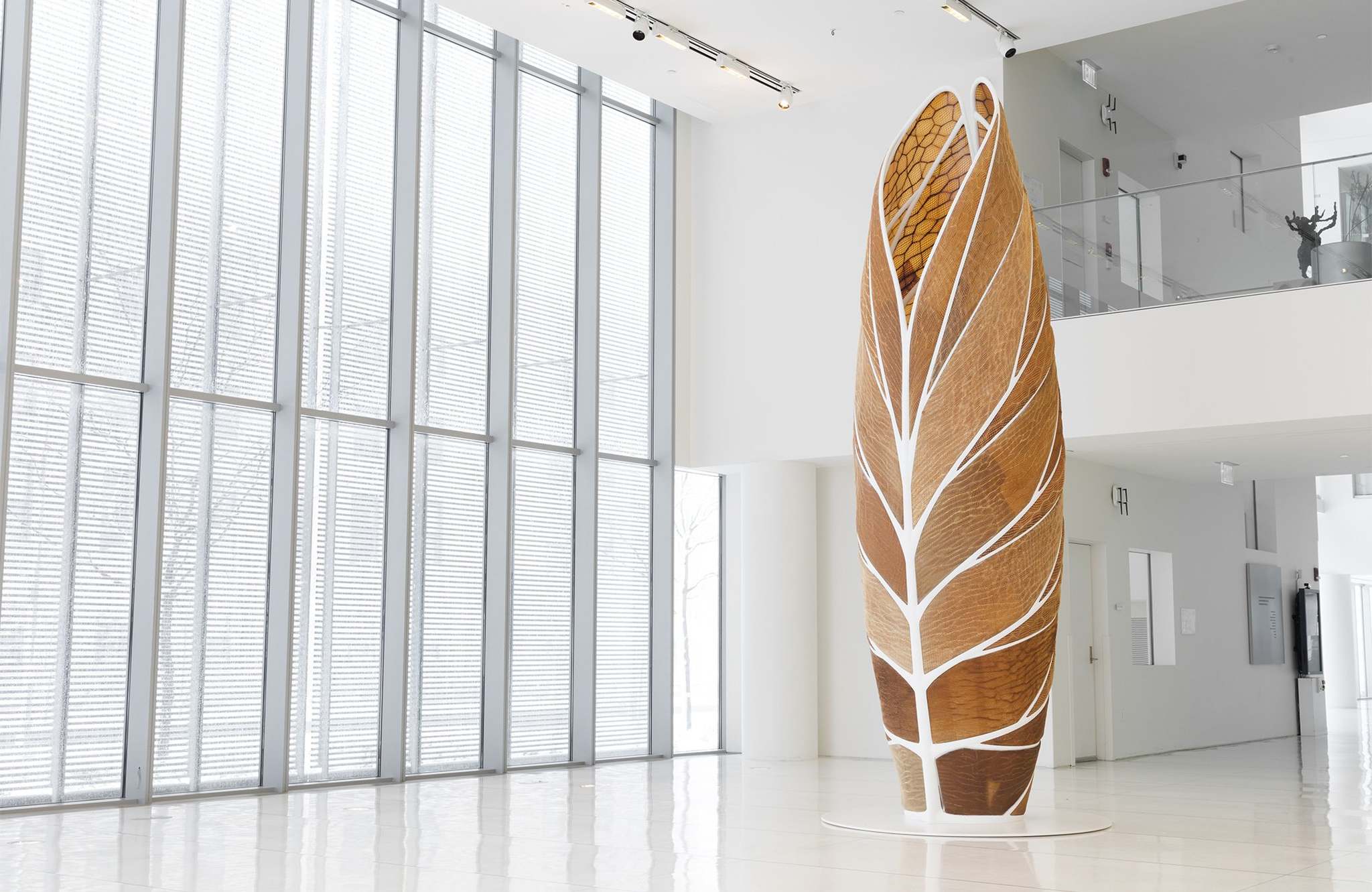Groundbreaking innovations – how we build in the future
Can you imagine silkworms weaving your house one day or the concrete walls of your 3D-printed house being translucent? For the first time in 100 years, the construction industry is on the verge of a groundbreaking leap forward in development.
The idea of not always tapping new resources but finally building sustainably has now come to the fore. Which innovations for building in the future are being researched and worked on, which are already being used and what is still a long way off?
Innovations in construction absolutely include climate protection and recycling
The time has come, the world of construction is in a state of flux. Engineers, architects, researchers, developers and intrepid dreamers will revolutionise construction in the coming years. Houses from the 3D printer are already being built in Germany, for example.
But the new age demands more. Climate protection and recycling are at the top of the agenda. But it doesn’t always have to be a house made of car tyres or glass bottles. New building materials are already in use and traditional building materials are enjoying renewed interest.
Looking for skilled workers for innovative construction projects? Take a look at our available teams:
Traditional building materials as “new” innovations in construction
People are once again planning with traditional building materials such as wood. They even dare to build skyscrapers with it. In Vienna, the HoHo project was realised – 84 metres high. This high-rise is a combination of mostly wood and concrete. The world record is held in Mjøstårnet in Brumunddal, about 100 km from Oslo. This wooden skyscraper is 85.4 metres high and already houses 9000 inhabitants.

Source: archdaily/voll-arkitekter
Another building material that was almost forgotten, but now found its way back into the future because of its sustainability, is loam. For 100 years, this building material was forgotten, but now it seems to be becoming a co-creator of ecological building. Clay, you think now? Yes, it offers good sound insulation, regulates moisture, is non-combustible and has the ability to store heat. Research in this field has already achieved success.
Groundbreaking innovations in building materials
The new innovative materials include, for example, textile concrete. This is an artificial composite material that combines two components. Textile concrete consists of concrete and a textile reinforcement, which is usually made of glass, basalt, aramid or carbon. Depending on the direction of the force, this material can be made six times as strong as steel.
In Germany, another innovative building material has been developed. This consists of maize grains and is supposed to be able to replace chipboard. They are convinced that these building boards can be used in the construction of furniture and cars. While we are on the subject of building materials made from food.
A British company is developing fibreboard without toxic resins, chemicals and formaldehyde by making an equally effective but sustainable binder from potato peelings. These boards are even compostable at the end of their useful life.
Nature’s master builders as innovative foremen
Back to the silkworms. In 2013, there was an experiment in which students of the Israeli-American architect, artist and designer Neri Oxmn had 6500 silkworms weave a dense web over an aluminium frame. This has not yet resulted in a weatherproof building. However, the architect explores unusual materials as well as production processes of a different kind and does not shy away from interdisciplinary cooperation and experiments (as can be seen from the silkworms).

Source: baunetz-id
Another building material that was almost forgotten, but now found its way back into the future because of its sustainability, is loam. For 100 years, this building material was forgotten, but now it seems to be becoming a co-creator of ecological building.
Clay, you think now? Yes, it offers good sound insulation, regulates moisture, is non-combustible and has the ability to store heat. Research in this field has already achieved success.
Groundbreaking innovations in building materials
The new innovative materials include, for example, textile concrete. This is an artificial composite material that combines two components. Textile concrete consists of concrete and a textile reinforcement, which is usually made of glass, basalt, aramid or carbon. Depending on the direction of the force, this material can be made six times as strong as steel.
In Germany, another innovative building material has been developed. This consists of maize grains and is supposed to be able to replace chipboard. They are convinced that these building boards can be used in the construction of furniture and cars.
While we are on the subject of building materials made from food. A British company is developing fibreboard without toxic resins, chemicals and formaldehyde by making an equally effective but sustainable binder from potato peelings. These boards are even compostable at the end of their useful life.
Nature’s master builders as innovative foremen
Back to the silkworms. In 2013, there was an experiment in which students of the Israeli-American architect, artist and designer Neri Oxmn had 6500 silkworms weave a dense web over an aluminium frame. This has not yet resulted in a weatherproof building. However, the architect explores unusual materials as well as production processes of a different kind and does not shy away from interdisciplinary cooperation and experiments (as can be seen from the silkworms).